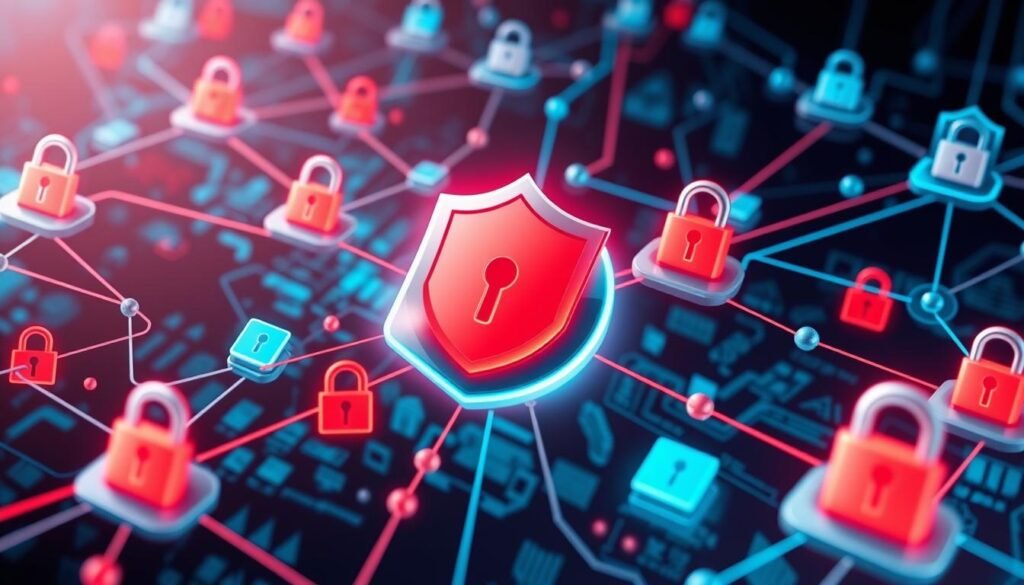Introduction
As technology evolves, so does the threat landscape. Cybersecurity has shifted from basic password protection and antivirus software to advanced encryption, biometric authentication, and real-time threat detection. In the digital age, protecting information is as critical as creating it.
Let’s explore how cybersecurity has evolved and what modern businesses and individuals must do to stay safe.
1. Early Cybersecurity: A Simpler Time
In the early internet days (1990s–2000s), threats were limited:
- Basic viruses like ILOVEYOU and Melissa
- Antivirus software was the first line of defense
- Passwords were often reused and weak
- Firewalls provided simple protection
Security focused on home PCs, not large-scale networks.
2. The Rise of Sophisticated Threats
As internet use grew, so did cybercrime:
- Phishing emails mimicked real websites
- Ransomware locked entire systems (e.g., WannaCry)
- Identity theft and financial scams increased
- State-sponsored cyberattacks targeted infrastructure and elections
Hackers became more professional and organized.
3. Modern Security Tools and Techniques
Today’s cybersecurity tools include:
- Multi-factor authentication (MFA) to prevent unauthorized access
- End-to-end encryption in messaging apps (Signal, WhatsApp)
- AI and machine learning to detect suspicious activity
- Zero-trust architecture for networks
- Biometrics (fingerprint, facial recognition) as secure login methods
Security is now proactive and intelligent.
4. Cloud and Mobile Security
As people move to cloud storage and mobile devices:
- Data must be encrypted both in transit and at rest
- Secure APIs and cloud firewalls are essential
- Mobile security apps protect against spyware, malware, and unauthorized access
5. Cyber Hygiene for Individuals
Everyday users should:
- Use strong, unique passwords and a password manager
- Avoid clicking unknown links or downloading attachments
- Update devices and apps regularly
- Use VPNs when on public Wi-Fi
- Be cautious of phishing or social engineering attempts
6. The Business of Cybersecurity
Companies must:
- Train employees in basic security protocols
- Backup data regularly
- Conduct penetration testing and security audits
- Follow compliance frameworks (GDPR, HIPAA, ISO)
- Invest in incident response teams and tools
Final Thoughts
Cybersecurity is no longer optional—it’s essential. In an era of digital dependence, protecting data, privacy, and infrastructure is a top priority. We must continue evolving alongside the threats.



